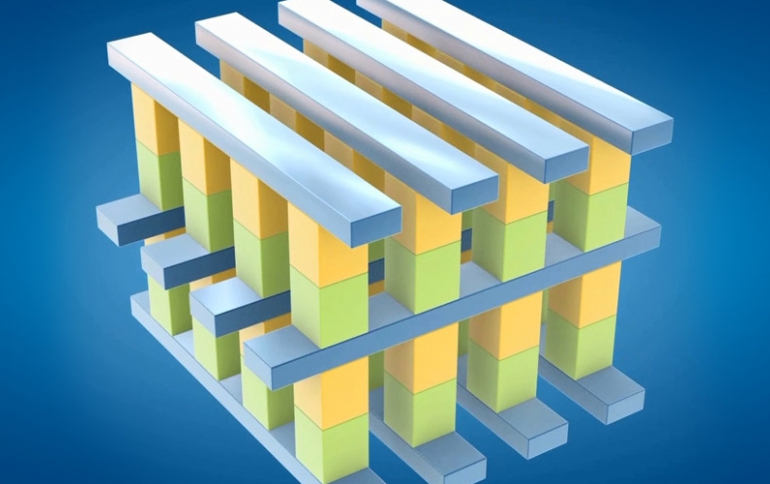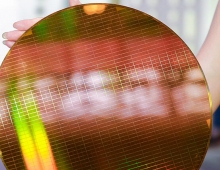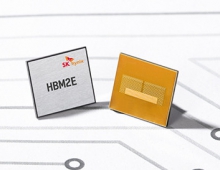
3D-NAND to Become Mainstream This Year
3D-NAND will formally become the mainstream architecture of NAND Flash memory in the third quarter of 2017 with its share in the total NAND Flash bit output exceeding 50%, DRAMeXchange anticipates.
Following the footsteps of the 3D-NAND producers Samsung and Micron, most NAND Flash suppliers will begin mass production of 64-layer 3D-NAND chips in the second half of 2017. Nonetheless, the overall NAND Flash supply is expected to remain tight through the year due to Apple stocking up components for the next iPhone release and steady demand growth from SSD vendors.
DRAMeXchange points out that the other important market indicators will be the pace of raising yield rates and the pace of the technology's penetration (i.e. in eMMCs, SSDs and other OEM devices). Furthermore, the reception of the 10th anniversary iPhone release will be a major guiding factor affecting the general supply situation in the NAND Flash market in the second half of 2017.
Samsung is still ahead of its competitors in the 3D-NAND technology race. The company's 48-layer chips are now widely used in enterprise- and client-grade SSDs as well as in mobile NAND products. With high-performing and cost-effective 3D-NAND solutions, Samsung has rapidly expanded its market shares in various applications. Looking at the company's production schedule, the newly built plant at Pyeontaek in South Korea has completed equipment installation and is expected to start producing 64-layer chips as early as this July.
The partnership between Toshiba and Western Digital has resulted in the development of 48- and 64-layer 3D-NAND chips. The alliance is currently focused on the development of its 64-layer products. Samplings of the 64-layer products will begin by the end of this May and mass production will follow in the second half of the year at the earliest.
Micron is the second largest 3D-NAND supplier after Samsung and also has the technology accounting for over 50% of its total NAND Flash bit output. Micron currently benefits from major memory module makers using its 32-layer chips as well as from strong shipments of its own braded SSDs.
SK Hynix recently announced the launch of its 72-layer 3D-NAND products. This quickly came after the company's production of 36- and 48-layer chips. If everything goes according to schedule, SK Hynix will begin mass production of 72-layer chips in the second half of this year and start to significantly catch up to the industry's leaders.





















